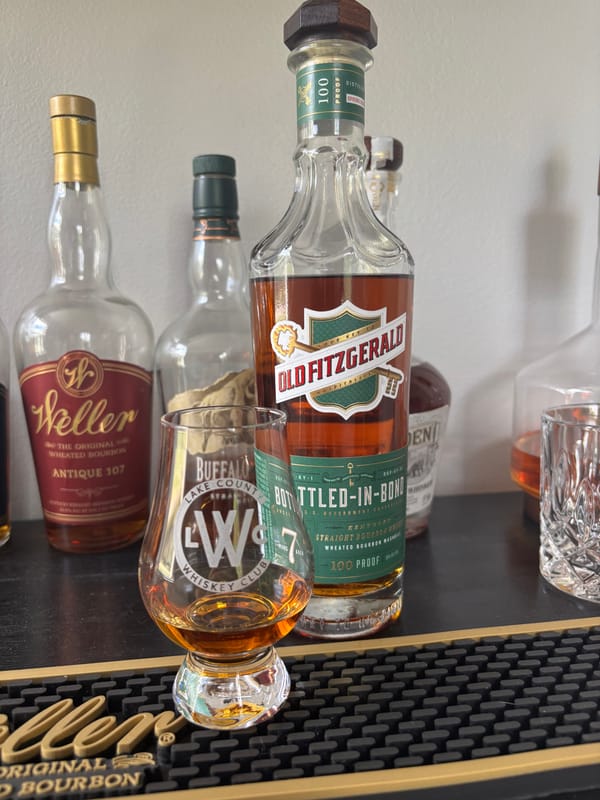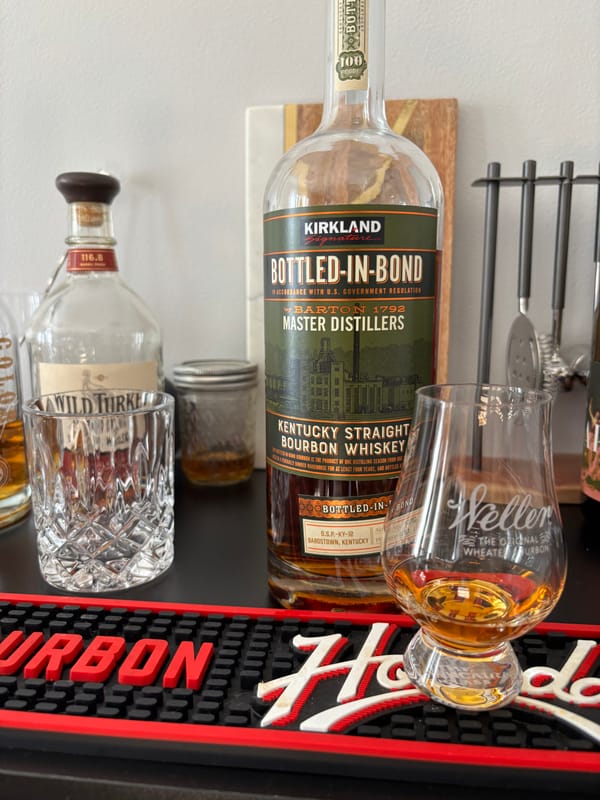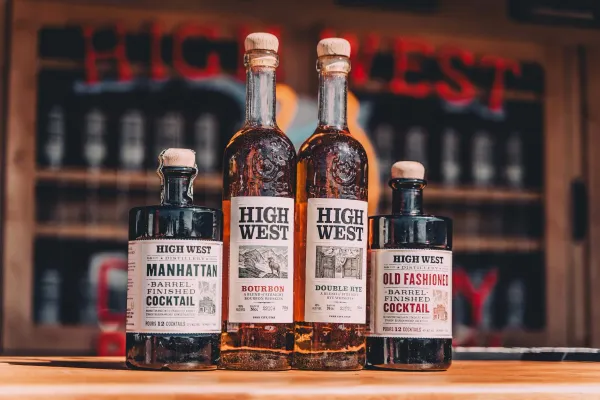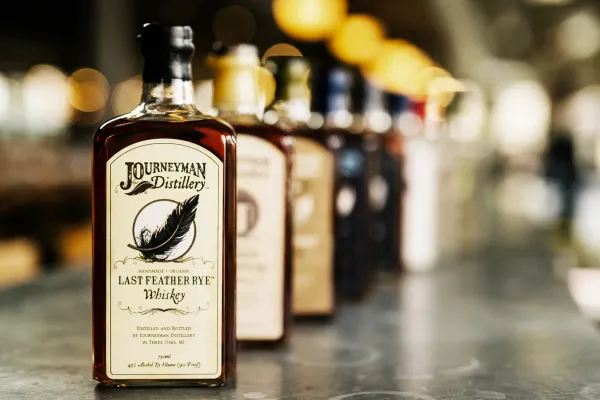Whiskey Barrel Toasting Techniques Facts: The Glow You’ll Wish You’d Tasted Sooner

Barrel Toasting Techniques: The Whiskey Glow You Can’t Ignore
Barrel toasting techniques in whiskey production aren’t just preparation. They’re the controlled glow that enhances oak’s flavor contributions, shaping the spirit’s complexity. If you don’t know these techniques, you’re missing the glow that refines every bottle. For whiskey fans eager to grasp aging, this is the unshakeable truth about whiskey barrel toasting techniques, facts, rooted in legal standards and science, and a 2025 must-grasp.
What Are Barrel Toasting Techniques?
U.S. law requires bourbon, rye, and wheat whiskey to age in new charred oak barrels, but toasting often precedes charring. Scotch and Irish whiskey (Scotch Whisky Regulations 2009, Irish Whiskey Act 1980) use toasted or reused charred oak, aged three-plus years. Toasting involves heating oak staves at 250-400°F for 10-30 minutes to caramelize sugars and release vanillin, enhancing flavors like vanilla or spice. Charring (500-1,200°F) follows for U.S. whiskeys, while Scotch relies on toasting alone in reused casks, impacting whiskeys bottled at 80 proof minimum after aging in climates like Kentucky (20-100°F).
How Toasting Shapes Whiskey
Light toasting (250°F) in bourbon barrels adds subtle vanilla, complementing corn’s sweetness over four to eight years, while heavy toasting (400°F) intensifies toffee and spice for rye whiskey’s clove notes. Scotch, aged in lightly toasted ex-sherry casks, gains dried fruit and nut flavors, enhanced by Scotland’s cooler climate (40-65°F). Toasting depth controls lignin breakdown, influencing tannin and flavor extraction during aging, with evaporation (2-5% annually) concentrating profiles. Legal standards ensure that toasting supports oak’s role, delivering distinct whiskeys at 80-120 proof.
Why Toasting Techniques Matter for Your Sip
A bourbon at 80 proof, from a heavily toasted barrel, bursts with caramel warmth, while a Scotch at 86 proof, from lightly toasted oak, offers delicate fruit, per legal standards. Untoasted barrels lack flavor depth. Every sip reflects toasting’s glowing role, making your next bottle a refined expression of its craft.
Why Barrel Toasting Techniques Matter in 2025
Barrel toasting techniques are whiskey’s flavor furnace. By 2025, understanding these standards could make every sip a rich taste of oak’s glow, from sweet to complex. It’s the truth in the glow, so don’t miss the heat.
Check out NEAT: Whiskey Finder—it’ll help you track down bourbon and whiskey near you.





